It’s no question that 2020 has been a historic year for the U.S., but how it will affect the future remains to be seen.
In an effort to take stock of where this year fits into history so far, TIME asked historians nationwide to pick a moment in 2020 that stands out to them. We asked them what future historians will—or at least should—write about when they study the momentous year that is drawing to a close, and whether it signals a new chapter or turning point for America and the world.
Below is what the historians who spoke with TIME, as of early December, identified as the major milestones of 2020:
Feb. 5: The Senate acquits President Trump in his impeachment trial
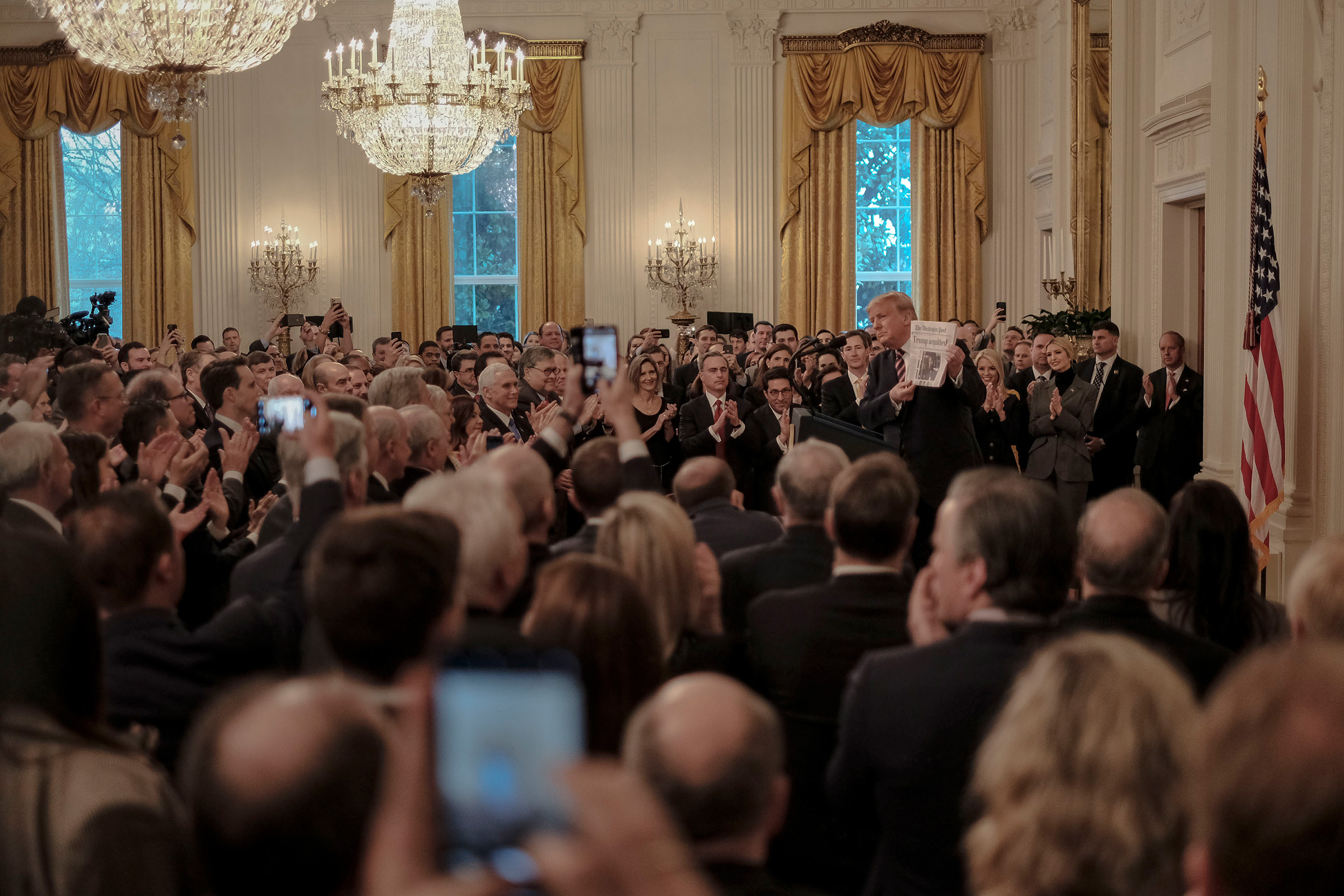
Trump’s acquittal in his impeachment trial by the Senate on Feb. 5, 2020, is a really important moment both within American history and for what it says about Trump’s success at imposing an authoritarian style political culture on the Republican party. With only one contrary vote by [Utah Sen. Mitt] Romney, everyone else unanimous. You couldn’t ask for a greater legitimation of his political style.
Sen. Sherrod Brown wrote a really interesting op-ed in the New York Times saying his Republican colleagues were afraid and told him that they acquitted Trump out of fear, not because they really believed he should be acquitted. If you compare it to what happened to Nixon, the difference is you have this authoritarian personality that has managed to take hold.
For historical comparison, some of the other rulers who have done this successfully created their own parties or had leadership roles within their parties for years before they became head of state. Mussolini created his own party. Berlusconi was able to do this, he created his own party. But Trump’s achievement is even greater because the GOP has a very long history, and we only have two parties, and yet he was able to tame it and make it his own.
—Ruth Ben-Ghiat, Professor of History and Italian Studies at New York University
March 11: World Health Organization (WHO) declares COVID-19 a pandemic

For me the critical turning point in this pandemic was its very early days, when we still didn’t know whether this would turn into a full-blown pandemic. My last 20 years spent reading, writing and teaching about the history of pandemics had taught me what to expect. Since day one, when news about a cluster of pneumonia cases in Wuhan started circulating, I was intellectually, practically and emotionally prepared to face a pandemic. That was almost a year ago. I religiously followed Johns Hopkins University’s COVID-19 dashboard to track the number of cases and deaths worldwide, and already in late January knew we were in for a global pandemic of historic proportions.
Ironically enough, I was then teaching a course on the history of pandemics. In that class, my students and I declared COVID-19 a global pandemic long before WHO did (March 11), because we could clearly see all the signs in that direction. I prepared my students and myself for what was to come. But despite obsessive caution, I was infected as a result of travel in early March, even when there was a total of about 250 reported cases across the U.S. Premodern plague treatises, written about an unfamiliar and far deadlier disease, taught me that good food, good rest and good thoughts were critical for recovery. I was lucky to have both historical and contemporary knowledge for guidance.
That was more than eight months ago. Since then, I’ve been reading, writing and teaching about this pandemic, constantly stressing the importance of historical knowledge for its modern management.
—Nükhet Varlık, Associate Professor of History at the University of South Carolina and Rutgers University-Newark.
May 30: Astronauts launched to space from U.S. soil for first time since 2011

Two astronauts, Robert Behnken and Douglas Hurley, were launched from the Kennedy Space Center in Florida in a commercially-developed spacecraft, the Crew Dragon, atop a Falcon 9 rocket at 3:22 ET. The Crew Dragon achieved earth orbit in 12 minutes, and docked less than 19 hours later at the International Space Station. The lift-off was watched by an estimated 10 million people worldwide. Although both Behnken and Hurley were veterans of the National Aeronautics and Space Administration (NASA), the flight was the first joint public-private crewed space mission under NASA’s Commercial Crew Program. The Crew Dragon was funded and created by Elon Musk’s Space Exploration Technologies Company (SpaceX). It was also the first crewed American lift-off since the cancellation of the space shuttle program in 2011, and was seen as the presage of a new era of private investment and development in space flight, including commercial and passenger traffic in space.
—Allen C. Guelzo, Director of the James Madison Program Initiative on Politics and Statesmanship at Princeton University
The deaths of Breonna Taylor on March 13 and George Floyd on May 25
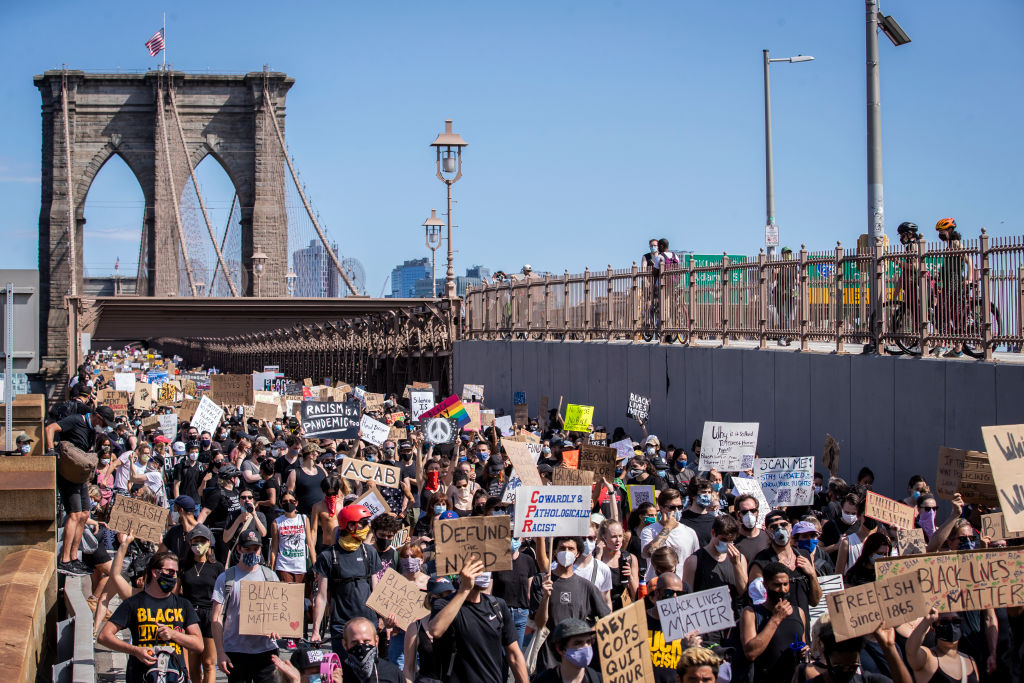
When historians reflect on 2020, they will recognize it as a pivotal year for several reasons: a global pandemic, a historic presidential election and a year of protest against racial injustice.
After the deaths of George Floyd, Ahmaud Arbery, and Breonna Taylor, and (too) many others, people took to the streets demanding an end to police violence against African Americans. They showed up in large cities and small towns across America, with chants of “Black Lives Matter” or “Justice for Breonna Taylor.” Motivated after witnessing Minneapolis police officer Derek Chauvin choke the life out of Floyd by kneeling on his neck for eight minutes and 46 seconds, people marched. This was a key turning point.
Just like the water hoses and police dogs of the 1960s Civil Rights Movement, Floyd’s death presented evidence of senseless violence by law enforcement. It became a record-breaking year of protest against police violence. And, COVID-19 did not stop people from marching, chanting, singing, speaking and demanding justice and reform. These events represent the largest protest movement in United States’ history as experts say by midsummer, 15-26 million people had marched.
—Daina Ramey Berry, Chair of the Department of History at the University of Texas at Austin
June 1: President Trump holds up a Bible in front of church near the White House
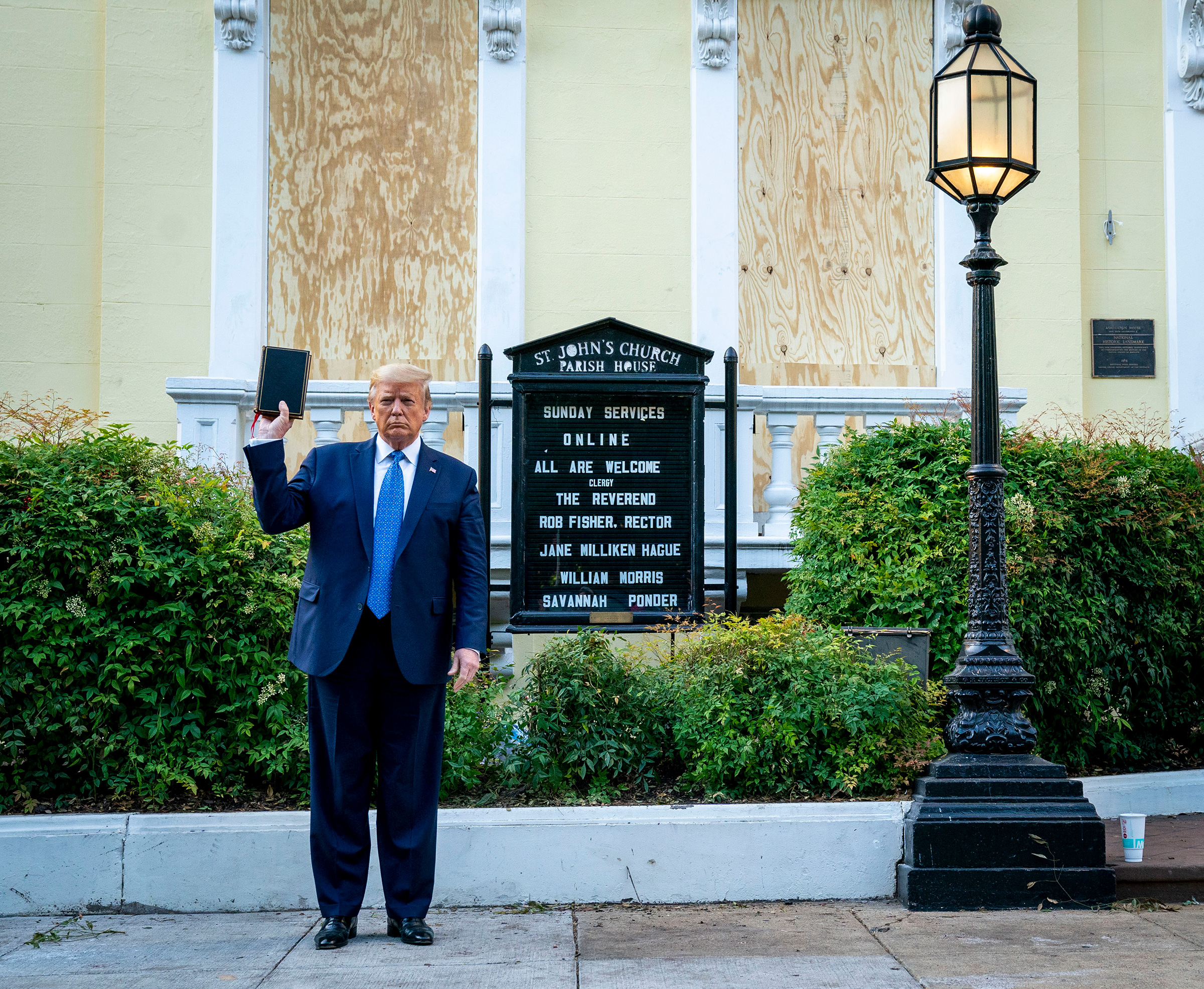
In 2020 we witnessed protests all over the country against racism and police brutality. In Washington D.C., the White House was surrounded by crowds. A couple of days before, the Secret Service had taken the President to an underground bunker as a precaution. On June 1, 2020, the Park police and National Guard cleared the way for Trump to walk to St. John’s Church to have his picture taken while holding a Bible, as one would hold a brick to gauge its weight.
The performance was intended to send a signal to his supporters, linking religion and a strong presidential hand against forces they defined as anti-American. In fact, the President’s authority shifted to an increasingly authoritarian and violent stance. Trump would continue during the rest of that year to encourage the use of violence against Black Lives Matter protesters. As it became clear that his followers did not control the streets, however, the rest of his presidency became one protracted attempt to build a dictatorial authority that was eventually frustrated by the elections. In historical perspective, the St. John’s Church gesture had exactly the opposite significance of its intended meaning: it represented a withdrawal from which Trump would not be able to return.
—Pablo Piccato, Professor of History at Columbia University
June: The reclamation of the Robert E. Lee monument in Richmond, Va.
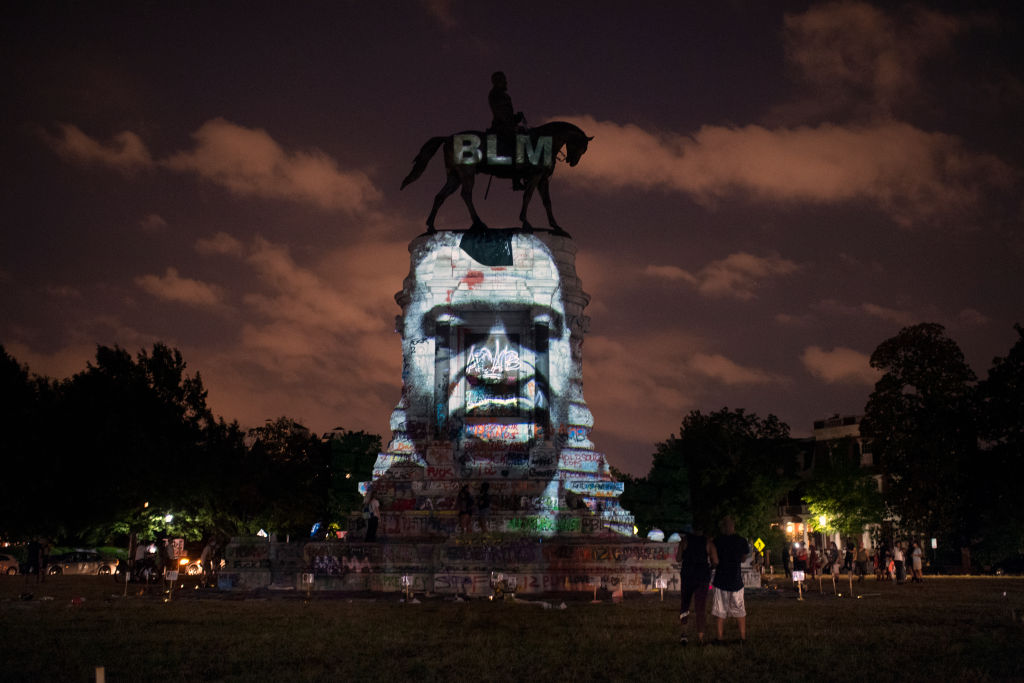
The reclamation of the Robert E. Lee statue in Richmond, Va., and the creative way in which the protesters associated with and led by BLM movement were protesting police brutality against Black Americans. The statue’s meaning was ultimately subverted because it was spray-painted, images were projected on it of George Floyd and historical figures, Harriet Tubman, Frederick Douglass. It refocused the conversation towards the continuity of this historical struggle that Black Americans have faced both in Richmond and the commonwealth of Virginia, but also nationally as well. It became a site of black joy, almost a pilgrimage site. There were many stories about families driving hours to show their children this new location. A sterile middle-of-the-road thing that nobody ever actually used became a place of BBQs and parties and protest and civic involvement.
When monumental spaces have been reclaimed in the past, the structures have been pulled down. They’ve been destroyed. That’s not what happened here, it was repurposed, and I think that shows how monuments function as public signs of power and centers of civic responsibility. The defenders of Confederate monuments have always said they’re just part of the landscape. This shows that that’s really absolutely not the case. They time travel in a way. These monuments were constructed in the past and exist in the present. They are physical manifestations of this long history, that goes back in this particular case to the early 20th century, nostalgia for the Lost Cause and the Confederacy.
I see the reclamation of the Robert E. Lee statue as a piece of what the 1619 Project has done too. Both have made us talk about American History in a very different way now.
—Matthew Gabriele, Professor of Medieval Studies and the Chair of the Department of Religion and Culture at Virginia Tech.
August: NBA and WNBA Strike Over Shooting of Jacob Blake in Kenosha, Wisconsin

Amid an unprecedented national movement for racial justice in the summer of 2020, we witnessed one of the most important political statements in the history of American sport. On Aug. 26, three days after police in Kenosha, Wisc., shot 29-year old Jacob Blake in the back seven times in front of his three young sons, the Milwaukee Bucks refused to participate in a scheduled playoff game to draw national attention to the issue of police brutality and to push state authorities to hold officers accountable for Blake’s shooting.
The NBA and the WNBA had been among the most visible and vocal public supporters of the Black Lives Matter Movement since the killing of George Floyd by Minneapolis police in late May, and soon other men’s and women’s teams refused to play in the playoffs, defying their collective bargaining agreements and leading to the largest wildcat strike in recent history. These protests against racism and police violence soon inspired similar actions in the majority-white Major League Baseball and National Hockey Leagues. The sports demonstrations are profound expressions of a new, multiracial coalition of Americans calling for racial justice and an end to inequality. 2020 will be remembered as one of the most challenging years in modern history, but also one when new conversations about systemic racism and new forms of collective action, arising in unexpected places, may help put the nation on the path toward meaningful change.
—Elizabeth Hinton, Professor of History, African American Studies, and Law at Yale University
November: Kamala Harris is elected Vice President of the United States
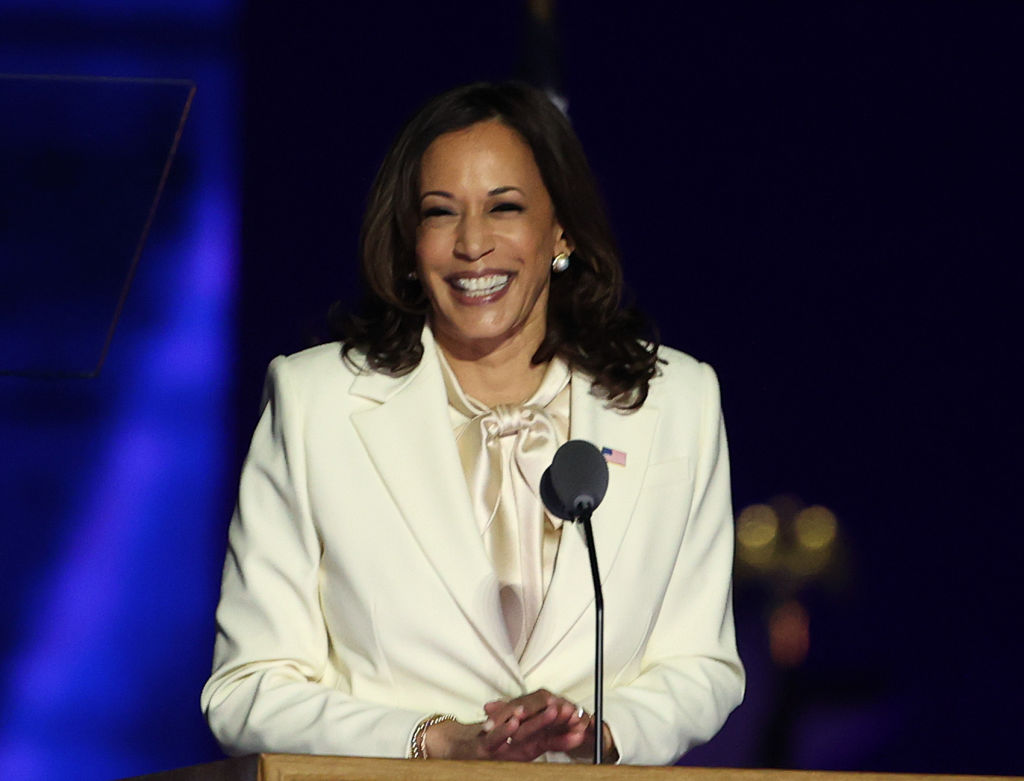
A century after the 19th Amendment, Kamala Harris finally broke the glass ceiling. As the first woman of African and South Asian descent to serve as vice President of the U.S., Harris’s election evokes past trailblazers in women’s history.
Along with Shirley Chisholm—the first African American Congresswoman—we should also remember Patsy Takemoto Mink, the first woman of color in the House of Representatives and the namesake for Title IX. Mink and Chisholm both ran for the U.S. presidency in 1972, and both women traced their family connections to islands, located off the continental mainland of the U.S. Mink was a third-generation Japanese American, born on the territory of Hawai‘i before the islands became the 50th state. Growing up in a plantation society, located in the middle of the Pacific Ocean, deeply shaped Mink’s commitment to advocating for worker rights, women’s rights, racial equality and environmental protection, particularly against military uses of islands as test sites for nuclear and conventional weapons. Like Mink, Harris’s parents originated from former colonies (Jamaica and India), which brought them together out of concern for racial justice. We should recognize Harris as a woman whose personal and political lineage stems from anti-imperial circuits of migration and activism. Along with Mink and Chisholm, Harris is a first. And as she promised, she won’t be the last.
—Judy Tzu-Chun Wu, Director of the Humanities Center and Professor of Asian American Studies at the University of California, Irvine
November-December: President Trump’s refusal to concede the election
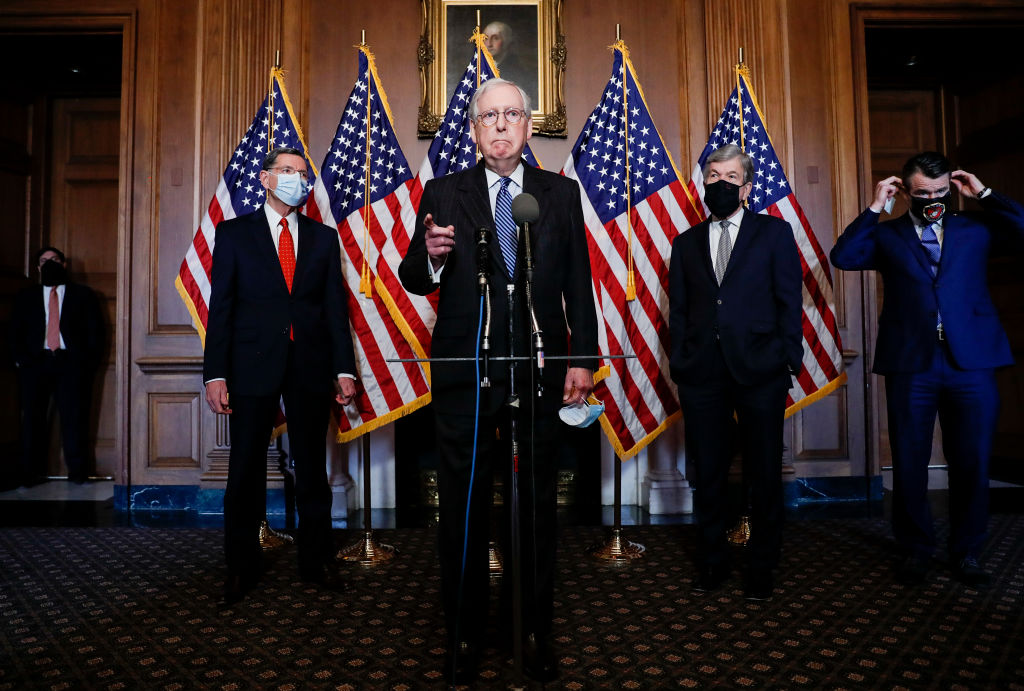
For the first time, the majority of a party’s elected officials refused to accept the results of the election and some openly called for ignoring the will of the voters to maintain power. Even in 1860, secessionists acknowledged Lincoln had won the election as they tried to break the nation in two. Ever since the defeated John Adams gave up power willingly in 1800, no American President has refused to acknowledge defeat. While Trump appears to have failed in his effort to subvert democracy (whether we call it a failed coup or an autogolpe matters less than the impact), the lack of repercussions for undermining democracy is a continuation of the Republican Party’s abandonment of principles and democratic norms. Trump’s ignoring of norms isn’t new, Senator Mitch McConnell eroded them during President Barack Obama’s administration, and while perhaps the 2000 election foreshadowed, 2020, now the pretense is gone. The subtext is text; a radical acceleration of the antidemocratic impulse means power is all that matters to the GOP and there is not even lip service given to the will of the voters. With baseless claims of fraud, our democratic system has been further eroded even after the election is over. The GOP has abandoned a strategy of attracting some voters while disenfranchising others and moved to undermining democracy as a system entirely. I fear what happens as the party continues to abandon a fundamental bedrock of democracy in new and more dangerous ways. While our system appears to be stronger than some feared, it also remains far weaker than others claim.
One key question for 2021 is whether Trump and those who enabled him are held accountable for all of his corruption. If not, I fear for democracy’s future. As next time around, kleptocrats may feel empowered to take and hold onto power, and they might succeed.
—Adam H. Domby, Assistant Professor of History at the College of Charleston
COVID-19’s toll in Indian Country
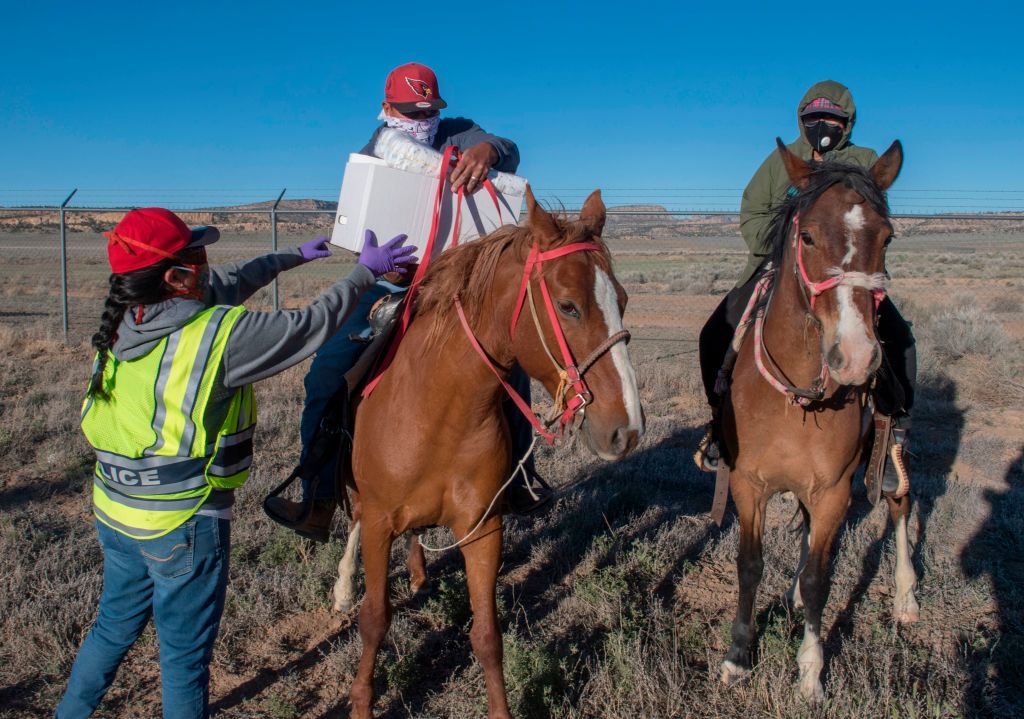
The onset of the COVID-19 pandemic in early 2020 represents a crucial moment in American Indian history that future historians must address. The pandemic touched off unprecedented responses in Indian Country to mitigate the deadly effects of that viral scourge. Conditions including underlying health issues, inadequate healthcare, poverty, overcrowded housing, a lack of indoor plumbing, shorter life expectancies than other Americans, high rates of uninsurance, unresolved historical grief, and reckless federal and state responses to the pandemic that left them more at risk to become ill and die than other Americans. Carrying oral histories about devastating past pandemics and rejecting COVID-19 conspiracy theories, American Indian and Native Alaskan governments started to exercise their sovereignty in significant ways in hopes of stopping the virus’s spread and saving lives. Their proactive measures included blocking non-residents from entering reservation lands, shutting down non-critical services, establishing work at home initiatives, setting curfews, mandating mask wearing, closing and reopening casinos with new health protocols in place, successfully suing the Trump administration to release federal funds designated for Indian Country for COVID relief, and lobbying the federal government to uphold its trust obligations to protect Indian nations from harm.
—James Riding In, Associate Professor at Arizona State University and a citizen of the Pawnee Nation
More Must-Reads from TIME
- Cybersecurity Experts Are Sounding the Alarm on DOGE
- Meet the 2025 Women of the Year
- The Harsh Truth About Disability Inclusion
- Why Do More Young Adults Have Cancer?
- Colman Domingo Leads With Radical Love
- How to Get Better at Doing Things Alone
- Michelle Zauner Stares Down the Darkness
Write to Olivia B. Waxman at olivia.waxman@time.com